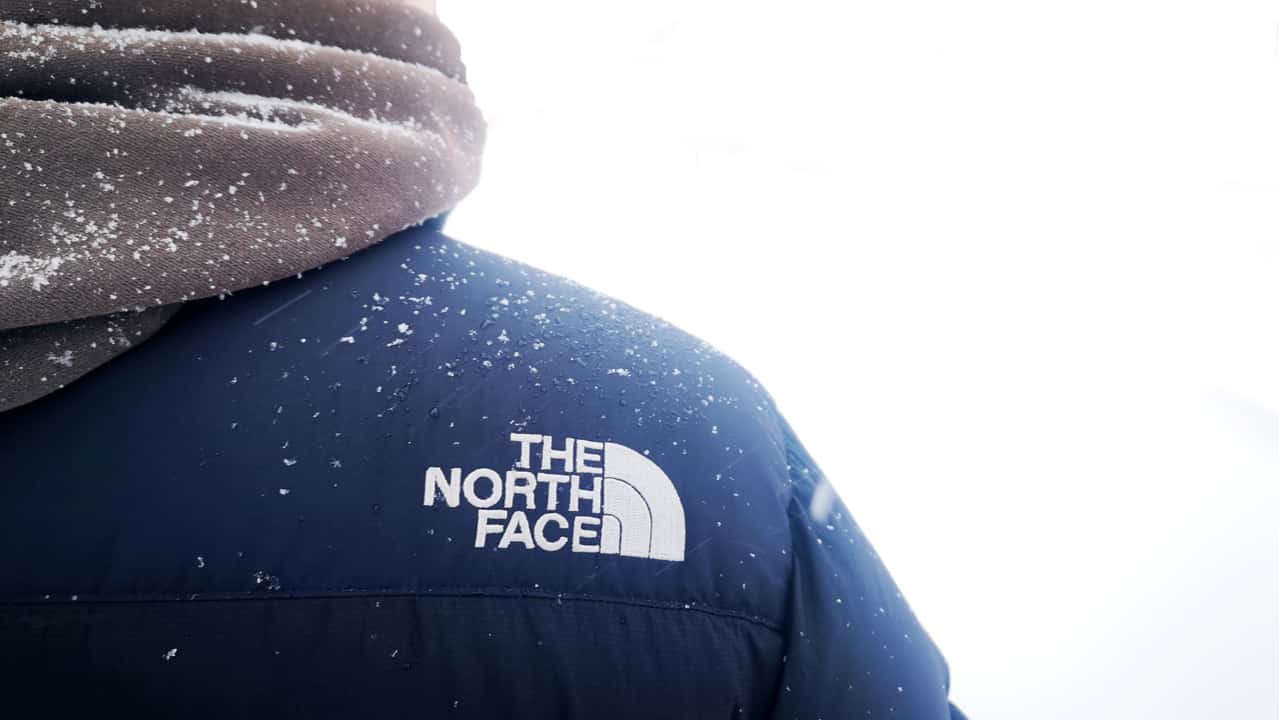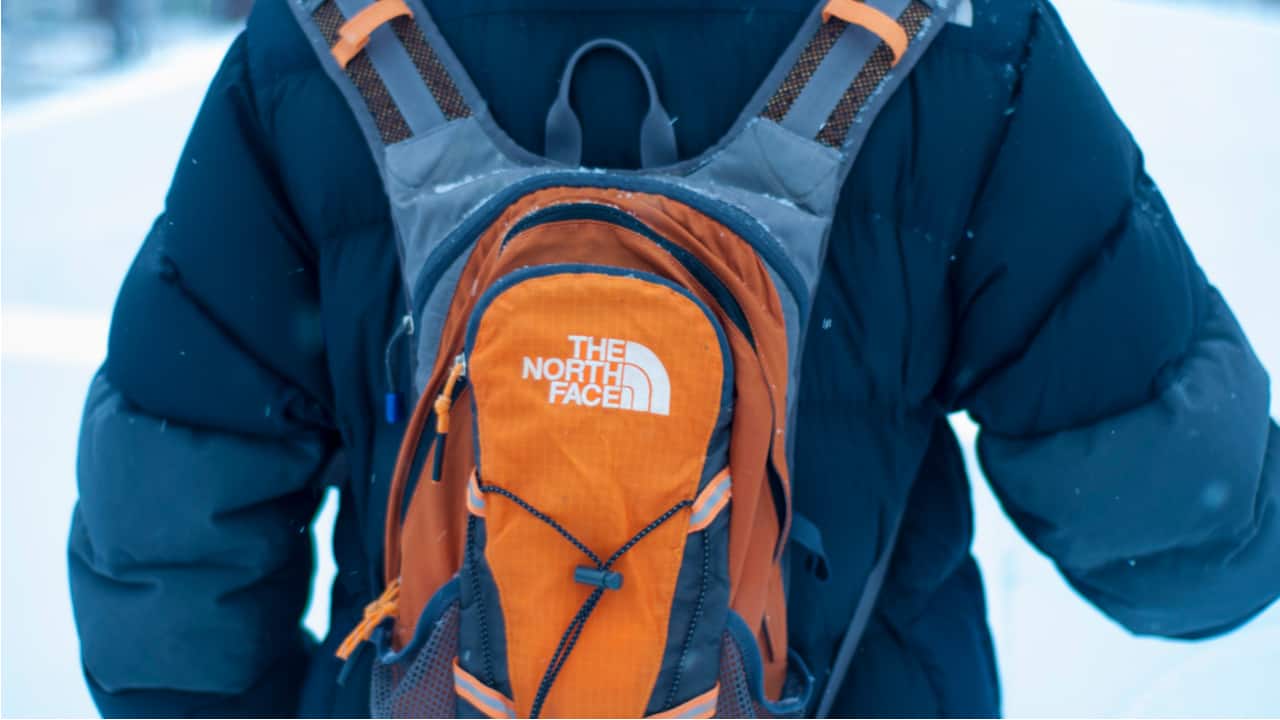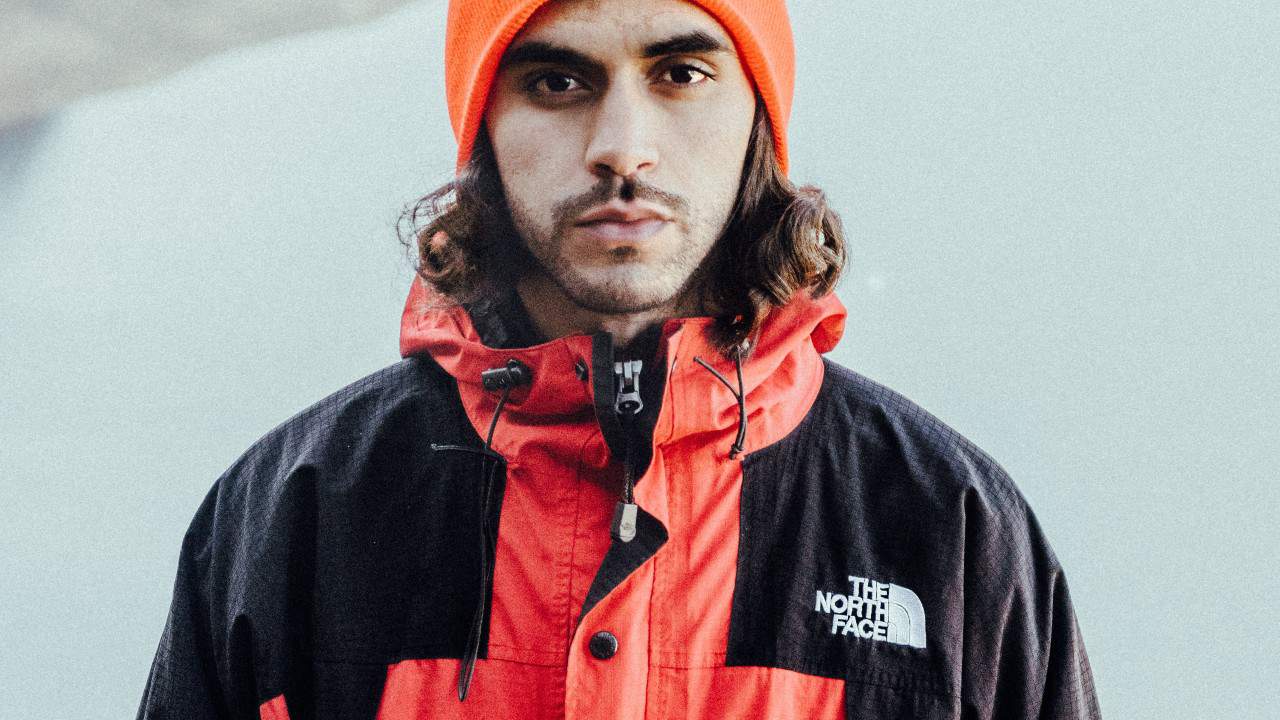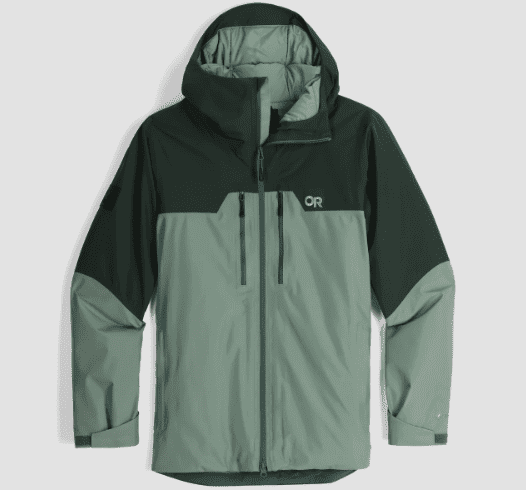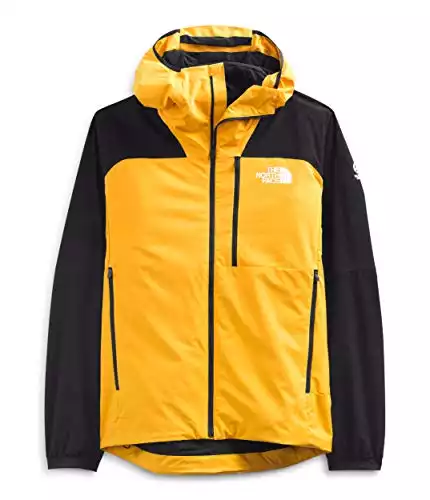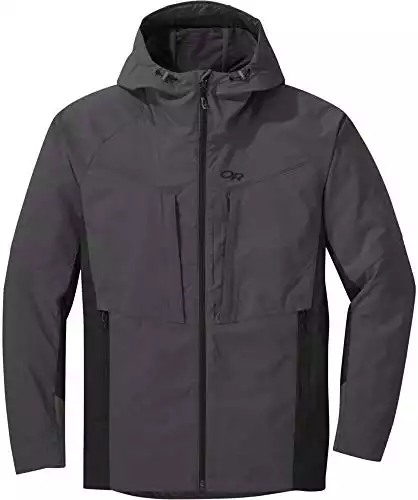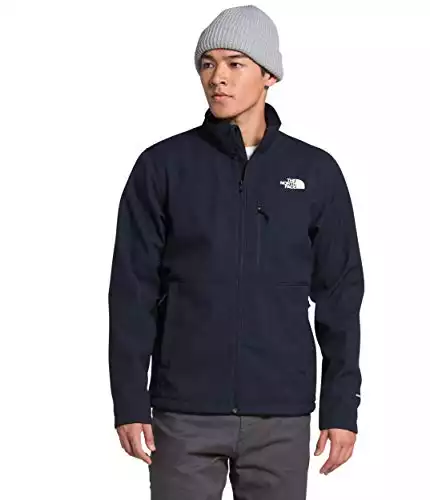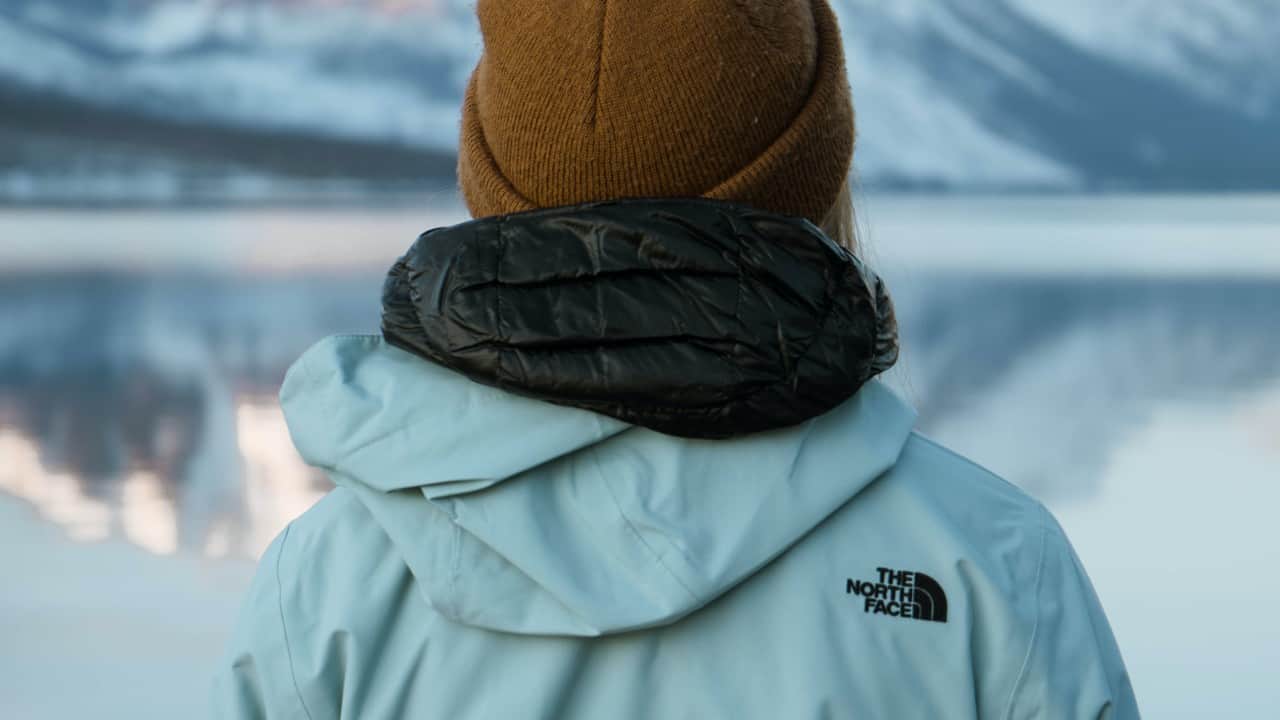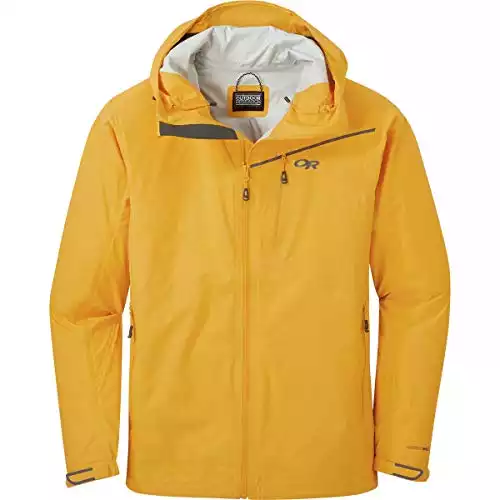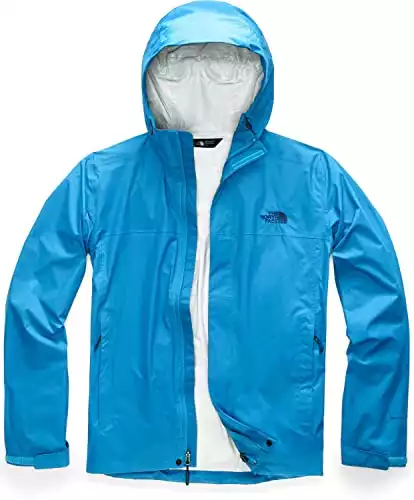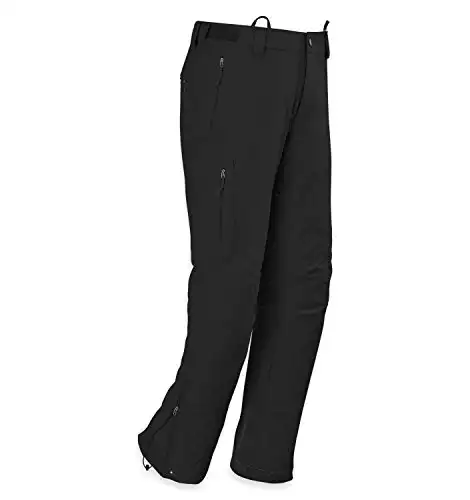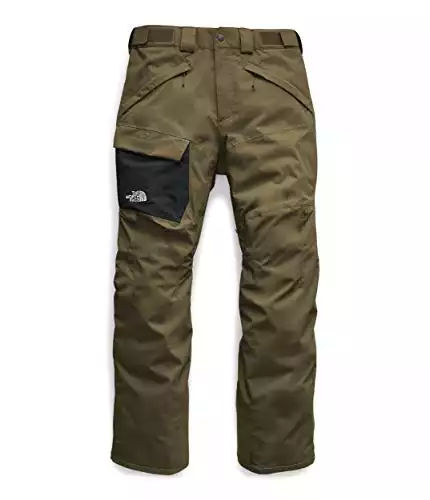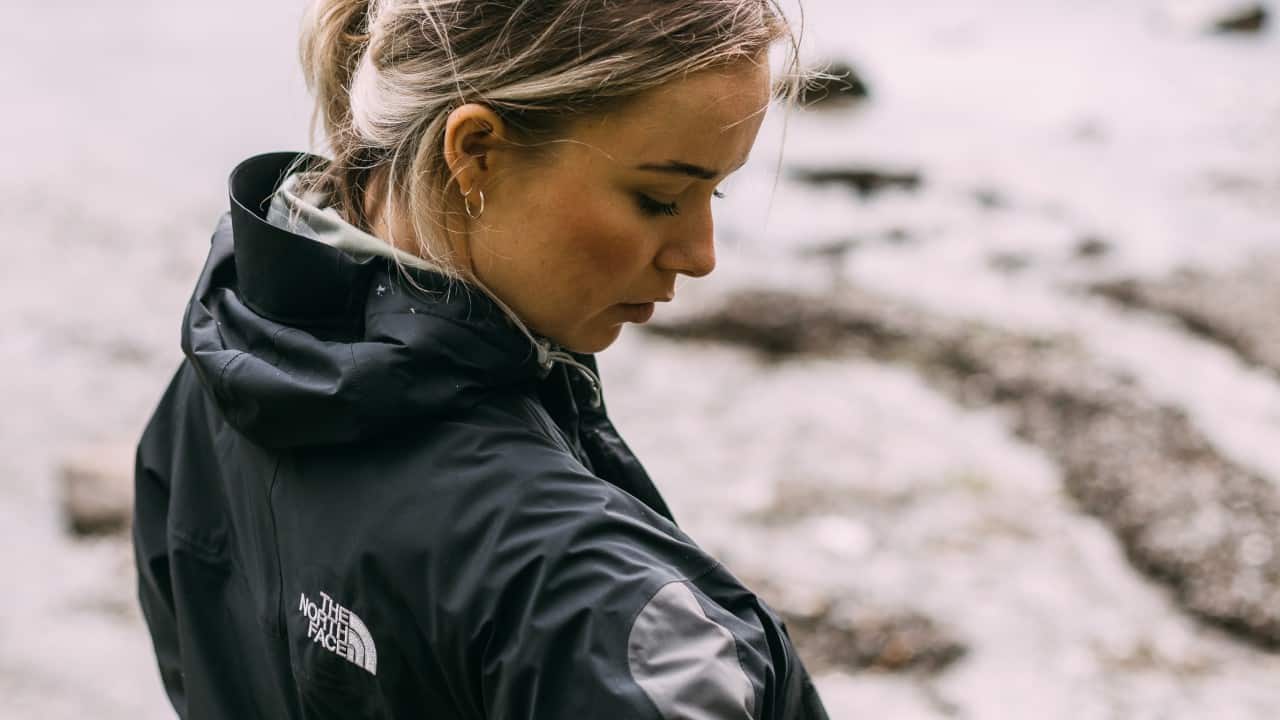To a lot of people, outdoor apparel begins and ends with the same couple of brands. However, the world of outerwear is just that – the world – and it consists of more than just a few well-known industry names. There’s no doubt you’ve heard about labels like Patagonia or Arc’teryx, but what about Outdoor Research, for example?
In this article, I’ll be comparing this Seattle-based brand to one of the most famous names in the industry of outdoor apparel – the North Face, which is based in Alameda, California. Designers and engineers working for a company situated in the cold Pacific Northwest should be better at creating warm jackets than their colleagues working in sunny California, right? Let’s find an answer to that question:
Outdoor Research vs The North Face – Brand Overview
Before I take a closer look at the most popular outerwear products made by Outdoor Research and the North Face, here’s a short overview of both brands:
Outdoor Research
- Founded: 1981
- Headquarters: Washington, USA
Unlike its worldwide-known rival, Outdoor Research is genuinely popular only in its home country, particularly in the Pacific Northwest area. The brand was established by Ron Gregg, a climber who decided to tackle nature’s biggest challenges after a pair of not-so-well-designed gaiters caused his mountaineering friend to experience frostbite.
Since the early 1980s, Outdoor Research has managed to significantly expand its focus and now manufactures clothes and equipment for a wide array of activities – from skiing to trekking. Their shells and insulated jackets (both synthetic and down-filled) are particularly well-executed and held in high regard by thousands of experienced outdoorsmen.
In most cases, proprietary waterproofing technologies are nothing to write home about. However, things are a bit different in the case of Outdoor Research, as their in-house AscentShell membrane deserves only words of praise.
It has proven to be impressively mobile, stormworthy, and breathable – though admittedly not as much as Gore-Tex. The AscentShell technology can be found in some of the brand’s most popular garments, like the jackets from the Microgravity and Skyward ranges.
Even though the fit of Outdoor Research jackets isn’t the best one out there, the brand still manages to strike a phenomenal balance between performance and price with most of its clothes. All in all, I consider it to be a great middle-ground between high-end specialists (like Arc’teryx) and budget brands (such as Columbia).
The North Face
- Founded: 1968
- Headquarters: California, USA
An extremely well-known name in the outdoor clothing industry and a brand with a long and rich history in high-altitude exploration, the North Face is a favorite of many outdoorsmen (and those inspired by the outdoor lifestyle) all over the world. If you’ve ever seen a bright yellow-and-orange tent during your backcountry escapades, there’s a pretty good chance that was a North Face tent – those things are everywhere.
Over the years, the company has managed to accumulate a team of well-known mountaineers and climbers like Conrad Anker, Jimmy Chin, Margo Hayes, and Alex Honnold. In terms of apparel, the brand’s Summit series – which ranges from casual pieces like the Down Hoody to exploration-ready garments like the Kit L6 Parka – is one of the most popular lineups among folks in search of clothes designed for demanding pursuits and harsh conditions.
One of the best things about the North Face as a brand is that it absolutely excels at the casual end of the spectrum. The biggest proof of this is the sheer popularity of their urban-friendly ThermoBall Eco Jacket and the ubiquitous Denali fleece. Unfortunately, this comes with a disadvantage – TNF never really found solid middle ground. In other words, their best garments are either everyday garments or serious mountaineering pieces.
Furthermore, I often found that many TNF jackets have quite a boxy fit. Also, a step down in attention to detail and overall quality when compared to Patagonia and Arc’teryx is quite evident at times. But still, the prices are usually very good for what you get, and the brand’s lifetime guarantee against defects is undoubtedly one of the best and most generous on the entire market.
Amidst these brand comparisons, the Arcteryx vs the North Face jackets comparison often surfaces. Both North Face and Arcteryx are renowned for their top-tier quality and design innovations. While this article delves into the comparison between Outdoor Research and North Face, it’s essential to acknowledge the prowess and reputation Arcteryx holds in the outdoor gear community.
Additionally, when considering outdoor apparel, the North Face vs Eddie Bauer debate is also noteworthy, given Eddie Bauer’s longstanding history and commitment to quality.
Outdoor Research vs The North Face – Products Comparison
Here are some of the most popular outerwear products offered by each brand:
Hardshells
Outdoor Research Tungsten II Gore-Tex Jacket
Pros:
- Very durable and protective
- Loads of useful features
- A lightweight hardshell
Cons:
- Too insulated
Behind this interesting name hides a genuinely protective and comfortable hardshell that works best when used for resort skiing. My only complaint is that it feels too warm at times – it’s too insulated and not really the best choice if you’re looking for breathability.
The model is highly protective against wind and moisture due to its thick face fabric. It also has Velcro cuff adjustments and waterproof YKK zippers, while its interior feels supple and soft. Finally, the Tungsten is very light for an insulated hardshell.
The North Face Summit L5 Futurelight Jacket
Pros:
- Stretchy & quiet while moving
- Protective & breathable
- Lots of pockets
Cons:
- Somewhat bulky
Here we have a very stretchy hardshell that provides excellent performance in various conditions. Besides the fact that it has a pocket for everything, this model breathes much better than the OR’s offering while staying just as durable and protective.
The main selling point of the L5 Futurelight is undoubtedly its stretchiness – it’s an ideal choice for folks looking for something that doesn’t restrict the range of motion. It is only slightly heavier than most of the other popular hardshells currently available on the market.
Softshells
Outdoor Research San Juan Jacket
Pros:
- Great weather protection
- Helmet-compatible hood
- Six pockets
Cons:
- Boxy fit
Due to the fact that it provides excellent weather protection, the San Juan jacket is a phenomenal choice for cold-weather sports. This model is very wind-resistant and keeps its wearer warm and dry in snow, sleet, and rain.
Although slightly boxy and heavy, the jacket never feels cumbersome. Furthermore, I really liked its helmet-compatible hood, as well as its six pockets, particularly the two drop-in ones.
The North Face Apex Bionic 2 Jacket
Pros:
- Water & wind resistant
- Stylish design
- Very warm
Cons:
- Not that mobile
While it’s not meant for athletic movement or technical trips, this is a very robust and durable jacket that provides phenomenal weather protection. One really interesting thing here is that, despite all these qualities, the Apex Bionic 2 jacket still looks quite casual and stylish.
The only department in which this softshell performs poorly is mobility. Otherwise, it’s a pretty well-made piece of apparel that is meant to be used around town – its usefulness is quite limited in outdoor activities.
I also recommend reading my Columbia vs North Face Jackets comparison.
Rain Jackets
Outdoor Research Interstellar Jacket
Pros:
- Breathable AscentShell fabric
- Lightweight & packable
- Highly waterproof
Cons:
- Prone to tears
Featuring OR’s proprietary AscentShell fabric, the Interstellar Jacket is a fully waterproof and very breathable piece of outdoor apparel. It’s a fully seam-taped garment that easily sheds heavy rain, and, as such, stands as a great option for any serious backpacker.
This model is also quite lightweight – at only 11 ounces – and comes equipped with three mesh-lined pockets. Its hood is helmet-compatible and fully adjustable, and the same can be said for its hook-and-loop cuffs. Unfortunately, it’s not among the most durable rain jackets out there.
If you are interested in Outdoor Research Rain jackets, see my Helium II vs Helium HD comparison as well.
The North Face Venture 2 Jacket
Pros:
- Highly adjustable hood
- Reasonable price
- Large pit zips
Cons:
- Not for use in heavy rain
A long-time staple in the brand’s rainwear collection, the Venture 2 jacket aims to strike a perfect balance between price, weight, and weather protection. However, in my opinion, this is not the most waterproof rain jacket you can buy today and certainly not something you’d want to use in heavy downpours.
On the other hand, Venture 2 does a great job at blocking strong gusts of wind and has a very adjustable hood. It excels in the packability department as well and has a rather relaxed fit. Due to its reasonable price, I consider it to be an excellent investment. If you are interested in this jacket, see my post on the best North Face rain jackets as well.
Pants
Outdoor Research Cirque Pants
Pros:
- Breathable & lightweight
- Flexible, athletic trim
- Lots of pockets
Cons:
- Could be more durable
These Outdoor Research pants are breathable, lightweight, and offer the right amount of protection in harsh conditions. They are also quite flexible due to their athletic trim. The overall design also deserves special words of praise – the Cirque pants are modern, streamlined, and subtle.
The only disadvantage of these North Face pants is that they’re not really durable – lightweight as they are, they feel somewhat flimsy. But still, they effortlessly keep their wearer comfortable and warm while on the move.
The North Face Freedom Insulated Pants
Pros:
- Comfortable fit & finish
- Lots of color options
- Inexpensive
Cons:
- Limited pocket sealing
Very practical, inexpensive, and available in lots of colors, these North Face pants are a great deal. They effortlessly keep the weather outside while feeling quite stretchy and comfortable at the same time.
The only major downside of the Freedom Insulated pants is that they have vulnerable pockets. Otherwise, they’re a great choice for folks who are on a budget but still want a pair of well-made all-around ski pants.
In the realm of outdoor apparel, other brand comparisons often spark interest. For instance, discussions around Lands’ End and its comparison to L.L. Bean frequently arise. Both brands, with their distinct histories and product lines, have made a mark in the outdoor gear industry, drawing attention from many enthusiasts.
Outdoor Research vs The North Face – The Verdict
The North Face is not among the world’s most popular outerwear brands for no reason – despite the casual appearance of most of their garments, they still offer plenty of incredibly functional jackets, a lot of which are better than anything that Outdoor Research has ever made.
But still, one can’t really make a mistake by going with Outdoor Research apparel. As I’ve already said, this brand has managed to strike an excellent balance between performance and price, and also uses a lot of innovative in-house technologies that enhance the performance of their products.

I love hiking, backpacking, and camping. From the Camino de Santiago to the West Highland Way in Scotland or simply a great day hike on the weekend. Hiking refreshes me, my mind, and keeps my body reasonably fit. So far I have walked three Camino routes and many other long distance hikes in the UK, Canada, and around the rest of Europe. One of the best was my hike up Ben Nevis.

